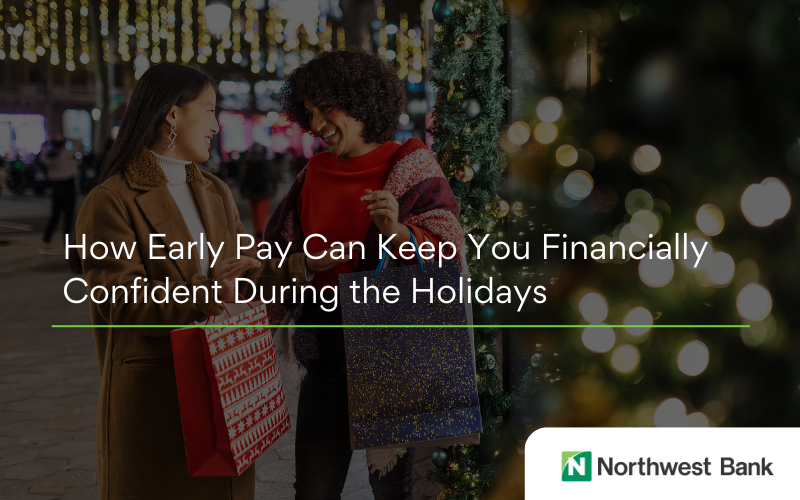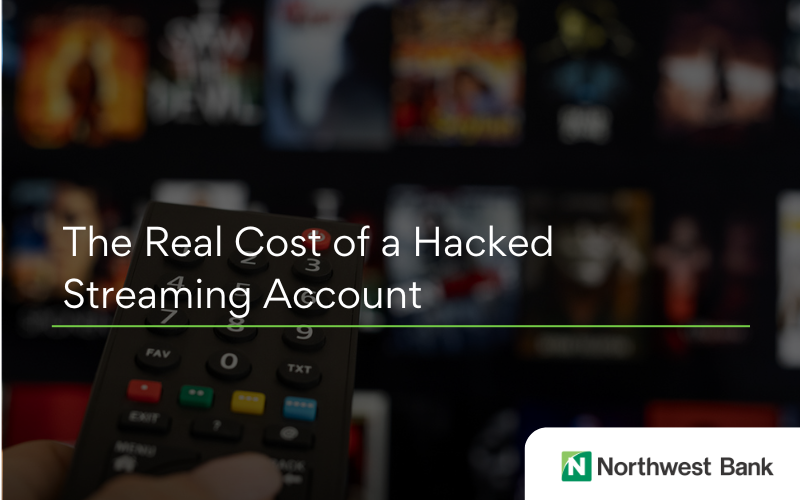The Real Cost of a Hacked Streaming Account
Key Takeaways:
- Seemingly low-value accounts, like Netflix or Spotify, are attractive to criminals because reused credentials and stored payment info let them pivot into email, financial accounts or identity fraud.
- To keep your information protected, use a password manager to store passwords, enable multi-factor authentication whenever possible and don’t reuse passwords.
- If you spot trouble, change passwords, secure your email and contact your bank or payment provider to block or dispute charges.
When people think about fraud, they usually picture drained bank accounts or stolen credit cards. But lately, hackers have been targeting what seem like low-stakes streaming services such as Spotify or Netflix. To most of us, it looks like nothing more than a hijacked playlist, but fraudsters see a gateway into email accounts, payment details and bank credentials. Small hacks can snowball into major losses, so a compromised $10 subscription often opens the door to far more serious financial risks.
By understanding why criminals value seemingly minor accounts and how stolen credentials circulate on the dark web, consumers can build a strategy to safeguard their digital lives.
Why hackers target smaller accounts
At first glance, streaming services, meal delivery apps and gaming subscriptions don’t seem like obvious fraud targets. What’s the harm in a hacker stealing your Netflix password? But criminals see these accounts as easy, low-risk entry points.
Many people reuse the same login and password across multiple platforms, so a single compromised account can unlock email, social media, online shopping and even banking credentials. Plus, stolen subscription logins are sold in bulk on the dark web, making them a quick profit source.
How a small hack snowballs
What begins as a stolen Netflix or Spotify login rarely stays small. Criminals use simple and repeatable techniques to escalate access from one account into many. This is how it typically happens:
The attacker gets a streaming login through a data breach, phishing email or by credential-stuffing, which is the process of trying reused passwords from other leaks.
The attacker then checks the account for saved credit cards, PayPal links or visible recovery emails. Many people store payment methods or recovery addresses in streaming services. Even a partial email address or username pattern helps them try the next step.
The attacker can now gain access to the victim’s email inbox if the streaming account uses the same password as the user’s email, or if they can trigger a password reset (via a “forgot password” email to the linked address).
With email control, the attacker can reset passwords at banks, payment processors and online stores, or intercept alerts about suspicious charges. They can also use stored payment methods on smaller services to make test charges or buy resalable items.
Using personal information from the email account, the attackers may impersonate the victim to bank support or vendor help desks, convincing agents to reset multi-factor authentication or add payment options. They can also harvest identity details to apply for credit without your knowledge or consent.
Stolen logins, payment data and harvested personal information or data can then be bundled and sold on underground markets. Buyers are now able automate further attacks, meaning a single breach can ripple into dozens of victims.
To summarize, what may seem like a minor streaming account hassle can quickly lead to serious financial and identity theft. Taking a few simple precautions now can prevent much bigger problems down the road.
How to ward off hackers
The best defense is layered. Because attackers use small gaps to climb into bigger accounts, these three precautions are the most important to take now:
- Use strong, unique passwords for each account. Store them in a trusted password manager and never reuse them.
- Enable multi-factor authentication on your email, streaming and bank accounts. Use an authenticator app or hardware key when possible.
- Check for unfamiliar payment methods from your streaming services and notify your bank if you see anything suspicious. Enable transaction alerts with your bank and check statements frequently so small test charges don’t go unnoticed.
For extra safety and peace of mind, keep your devices updated and consider using a separate email for financial and recovery purposes. Don’t click password-reset links unless you initiated the request, and be sure to hover over any links to verify URLs. Go directly to the service site when in doubt.
Signs your streaming account is compromised
A compromised streaming account usually leaves small clues before anything dramatic happens. Look for unexpected playback from unfamiliar locations or devices. If you’ve been logged out without having changed your password, that’s another red flag.
Be sure to check your bank account often, too. Billing clues are often the first clear sign: unfamiliar charges, a new payment method on file or confirmation emails about subscription changes you didn’t authorize.
You may also notice profile or setting changes or a sudden spike in spam and phishing messages that suggest your login was reused elsewhere.
What to do if you suspect a hack
If you suspect your streaming account has been hacked, act fast but stay focused. A few prioritized steps in the first hour can stop the attack from spreading. Start by regaining control of the account (change the password or use the service’s support flow if you can’t log in), sign out all devices and remove any unfamiliar payment methods. Then secure the recovery email and enable multi-factor authentication. If you spot unauthorized charges, contact your bank immediately.
If identity theft or large financial loss is likely, take screenshots of strange activity, emails and billing changes. These help bank fraud teams and, if needed, law enforcement. You can then file a fraud claim with your bank and follow their instructions for charge disputes and card replacement.
Here is a sample script you can copy to send to your bank in the event of a compromised streaming account: “Hello. I believe my payment method was used fraudulently after my streaming account was compromised. Please freeze/monitor my account, block the suspicious transaction and issue a replacement card. I have documentation I can provide. Please advise next steps.”
How Northwest is fighting back
Platforms and banks aren’t passive in the face of account takeovers: they use automated risk detection, session and device controls and forced password resets to stop attacks before they spread, and they push security guidance to customers through help centers and alerts.
If you want immediate support or to make security changes right now, our Security Center has practical how-tos and fraud resources, and our account alerts tool lets you monitor and control card activity from the app.
When fraud does occur, quick reporting speeds recovery. Contact Northwest Bank’s fraud team at (877) 672-5678 or use Online and Mobile Banking to set up alerts and controls.




